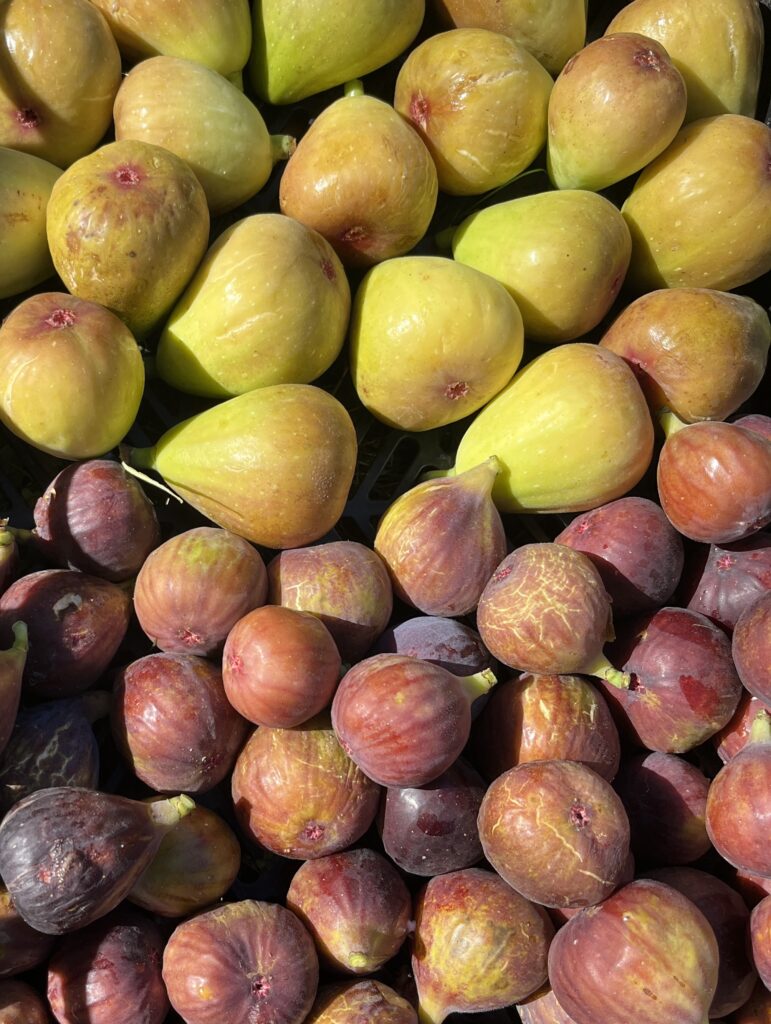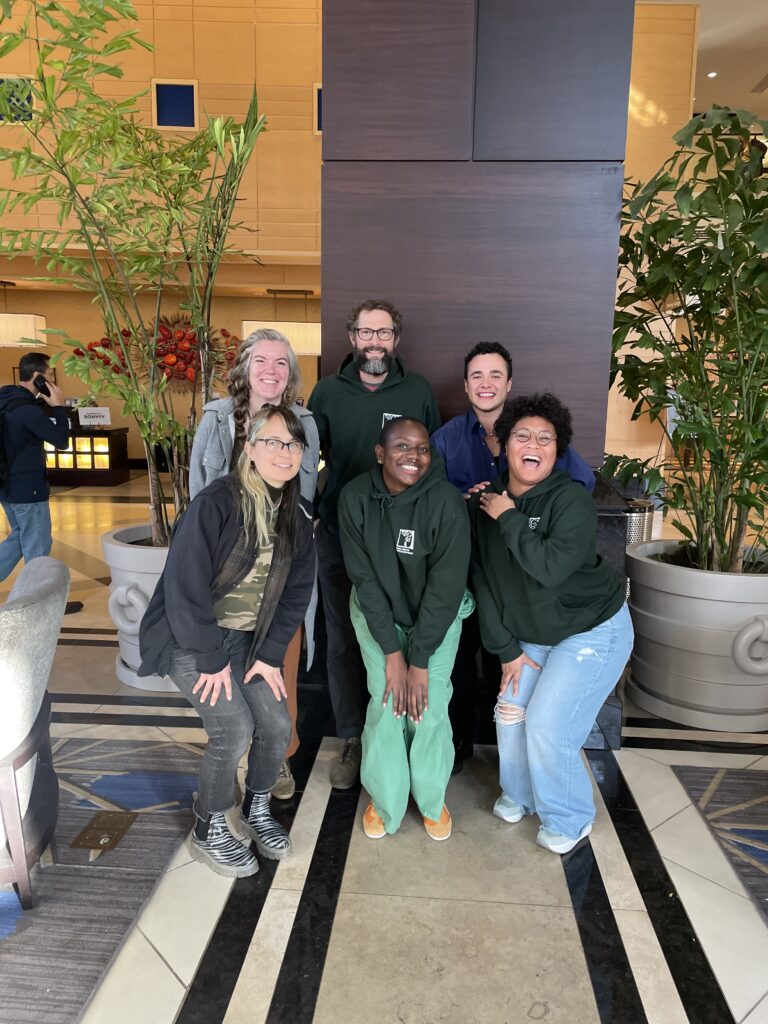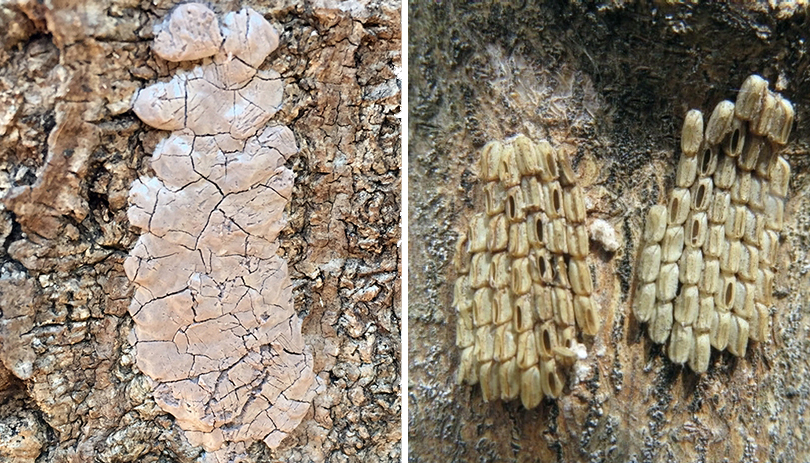Throughout the first half of the year, POP staff carried out a number of events, ranging from pruning training sessions to orchard plantings to community festivals. We wanted to share some photos and stories of the places, people, and things that have happened so far this year! First, some photos from orchard work days and plantings. Through the beginning of June, POP staff and community partners carried out over 40 orchard work days and plantings with the help of over 200 volunteers. The Lead Orchard Volunteer program also kicked off for its third year, with 27 LOVs currently active at 17 community orchards across the city.
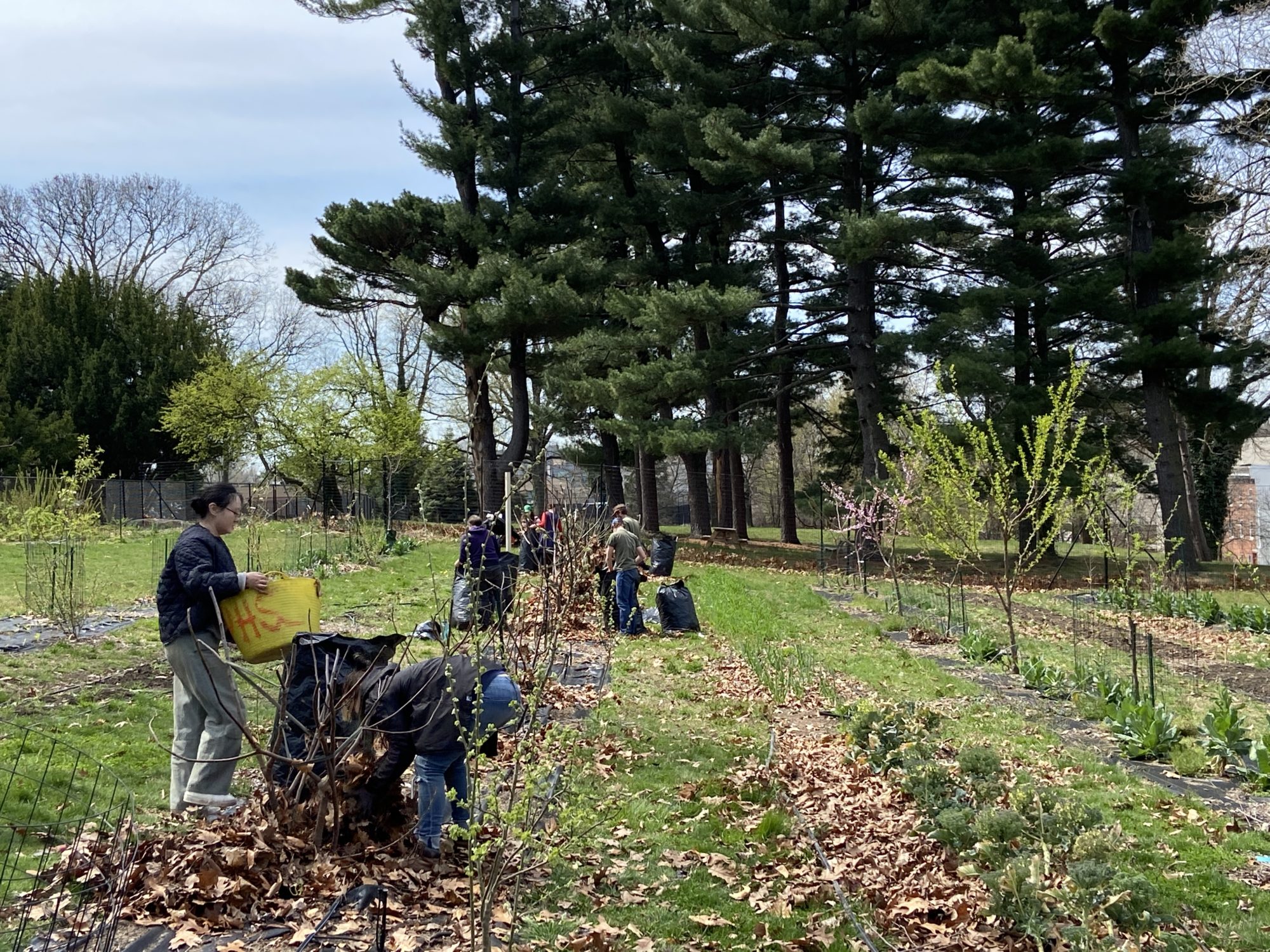
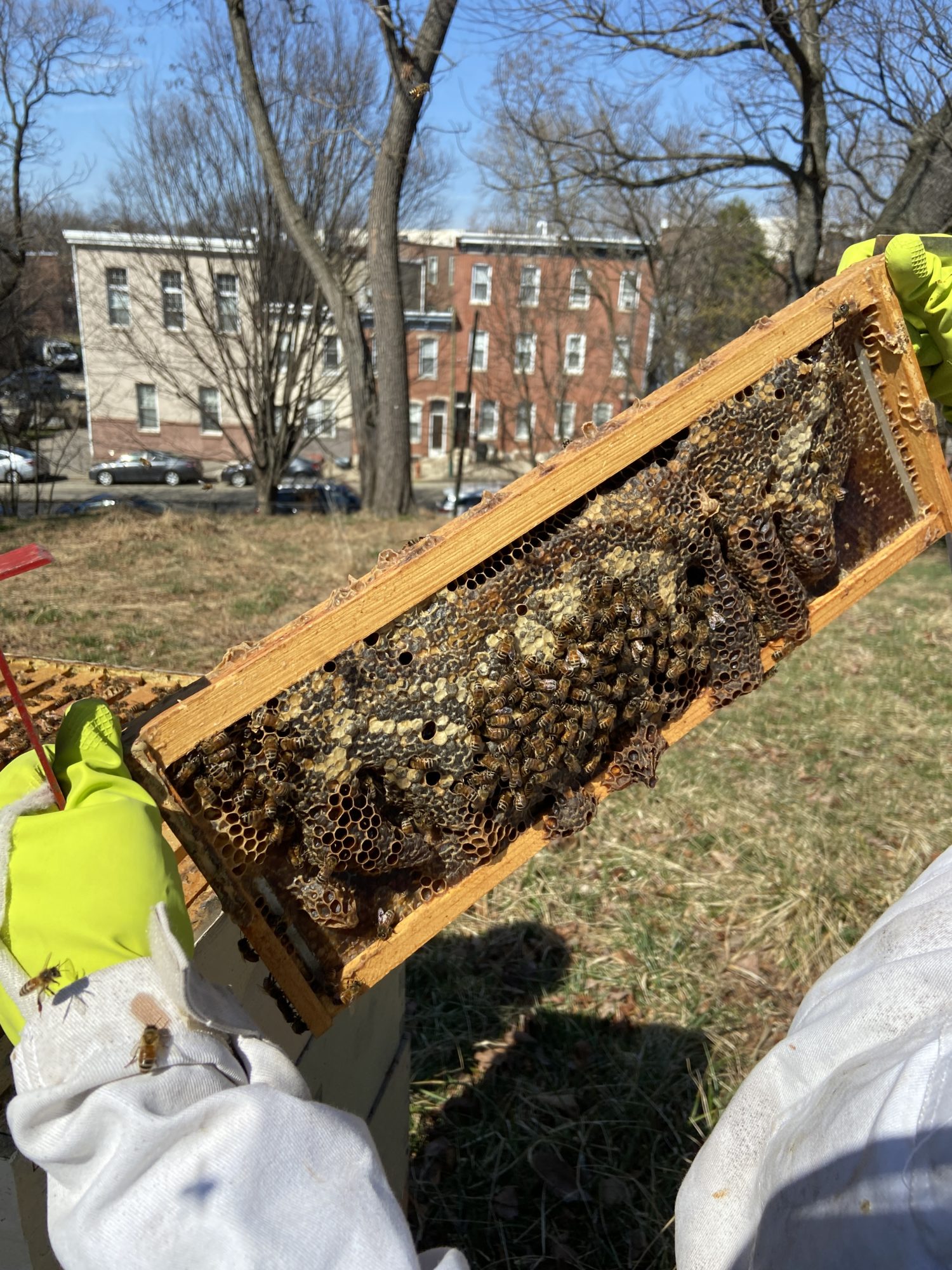
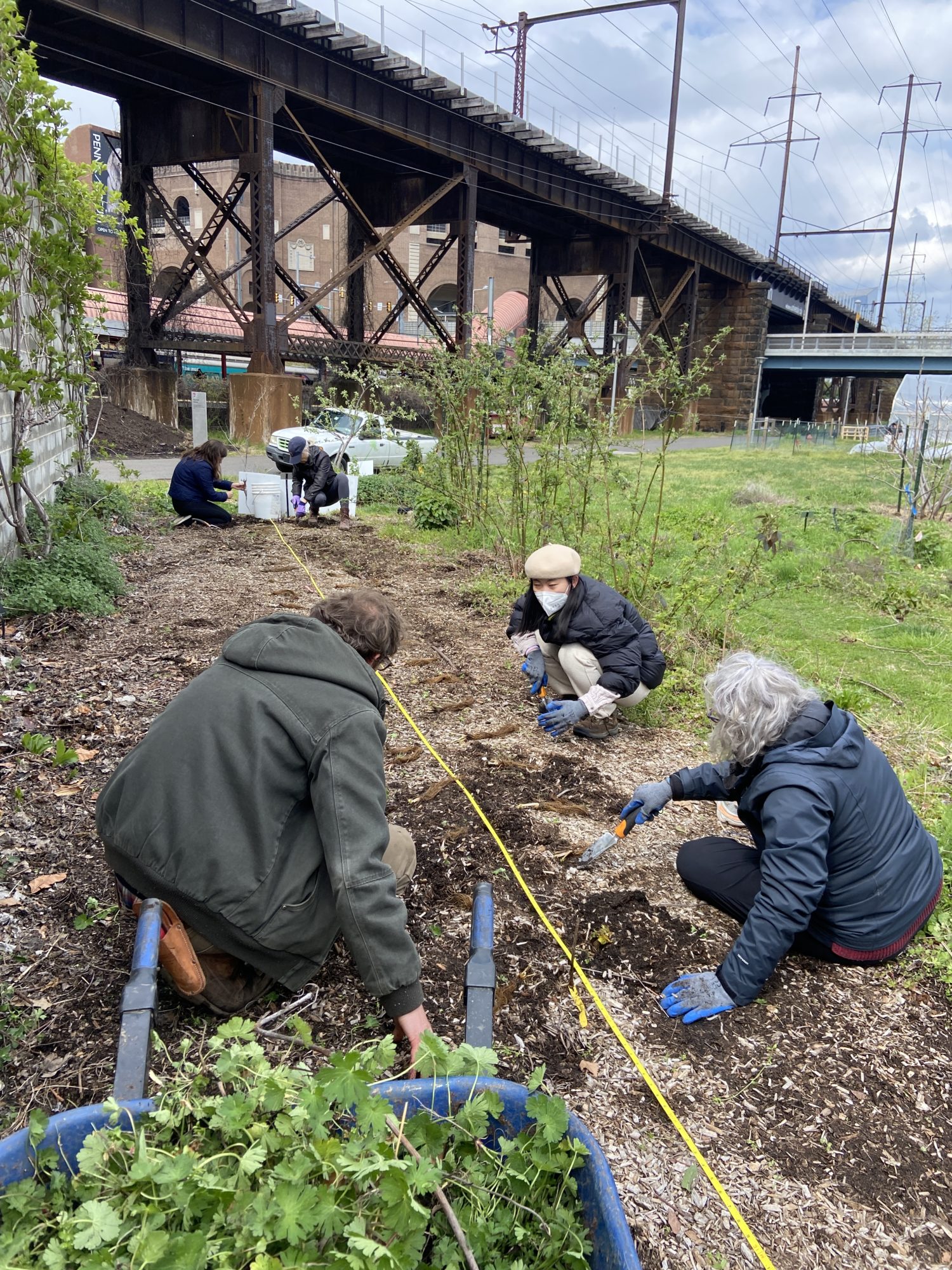
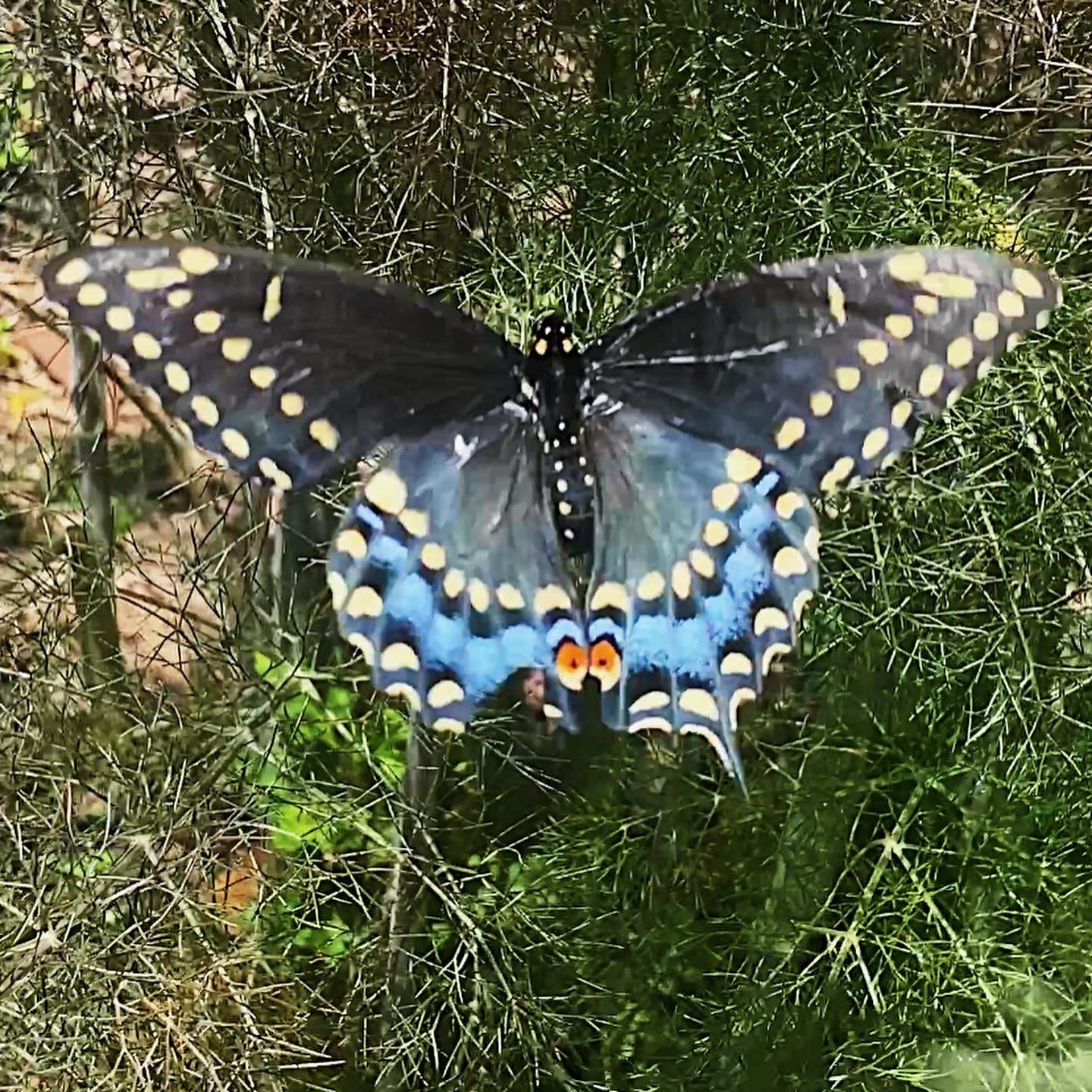
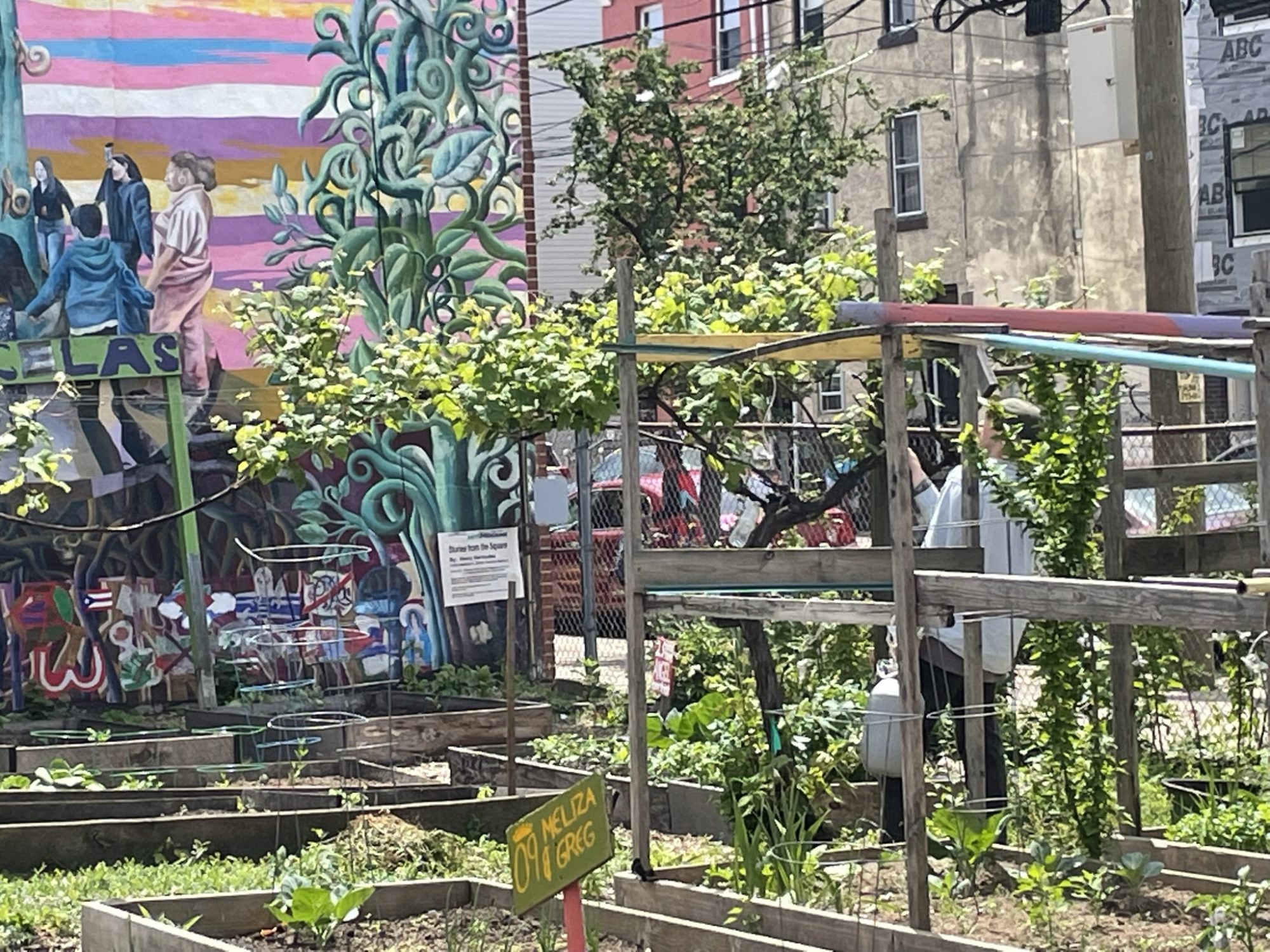
TRAINING & EDUCATION
In January, February, and March, POP staff held 38 pruning sessions including two sold-out pruning workshops open to the general public. Education Director Corrie Spellman-Lopez published a pruning video series on YouTube, filmed by Ander Kazmerski and with special thanks to Marc Steiner. We offered an online version of the POPCORE ecological orchard care workshops this spring, and published the video series to YouTube. New additions were made to POP’s monthly orchard care tasks blog series. A number of other blog posts were published: orchard care posts about insect scale, effective microorganisms, and biofungicides; plant spotlights on Seckel pear, passionflower, and elderberry; and an overview of the Lead Orchard Volunteer program and an orchard-based ink collaboration. All POP program contribute to researching and writing blog posts, providing an opportunity for us to continue learning and sharing what we discover with our partners, volunteers, and the general public.
Orchard Manager Sharon Appiah published a blog post about the Indigenous history and current practices of collecting and preparing maple sap as POP collaborated with Oak Lane Maple for the second year. So-called “Maple Syrup Evangelist” Jethro Heiko co-presented a virtual workshop, broadcasting live from the Oak Lane Sugar Shack, and POP received his guidance to successfully tap 6 red and sugar maple trees at the Woodlands which collected sap through the season. We are excited to continue to share educational resources about how to sustainably harvest sap from maples and other trees and look forward to a continued collaboration with Oak Lane Maple.
ORCHARD INKS & DYES
Thanks to a timely introduction to Nicole Duprée of Ampersand Textile & Design, we have been learning of all the ways in which fruit tree branches and cuttings and other plant materials that would otherwise be composted can be used for artistic endeavors! We have no doubt this list will grow, but so far Nicole along with her artistic/scientific collaborators have created ink, dye, chalk, and charcoal, all starting with branches Nicole collected at a pruning workshop at Bartram’s Garden earlier this year. While we hoped to use some of these plant-based inks for an activity at May’s open house at the Learning Orchard, stormy weather caused us to scratch those plans, but Nicole along with collaborator Sunshine (Cait) Ott created a beautiful mini-zine with step-by-step instructions for ink-making and a fun coloring sheet on the flip side, which we will be able to use and share at future events. Another plant-inspired artistic partnership blossomed when a member of the Fabric Workshop and Museum staff made charcoal from grapevine cuttings from the POP Learning Orchard, and used those for a hands-on print-making workshop connected to their installation of Ahmed Alsoudani’s Bitter Fruit.
LEARNING ORCHARD EVENTS
In late April, POP’s staff, board, and volunteers gathered at the Learning Orchard to plant corn as part of a Three Sisters planting. Trinity Norwood of the Nanticoke Lenni-Lenape tribal nation was invited to share stories about the history and meaning of these plantings in Indigenous culture. The story of the Three Sisters – corn, beans and squash – is beautifully told in a chapter of Braiding Sweetgrass by Robin Wall-Kimmerer, which we highly recommend reading in full. We’ve since planted the beans and squash, and are excited to see the progress of this companion planting both for its food production but also for the way it honors the space we are currently stewarding. Look for a more in-depth blog post from POP on this topic later in the season when the plants have started to reach maturity, and learn more about the original people who stewarded this land, the Lenape, in this article by West Philadelphia Collaborative History.
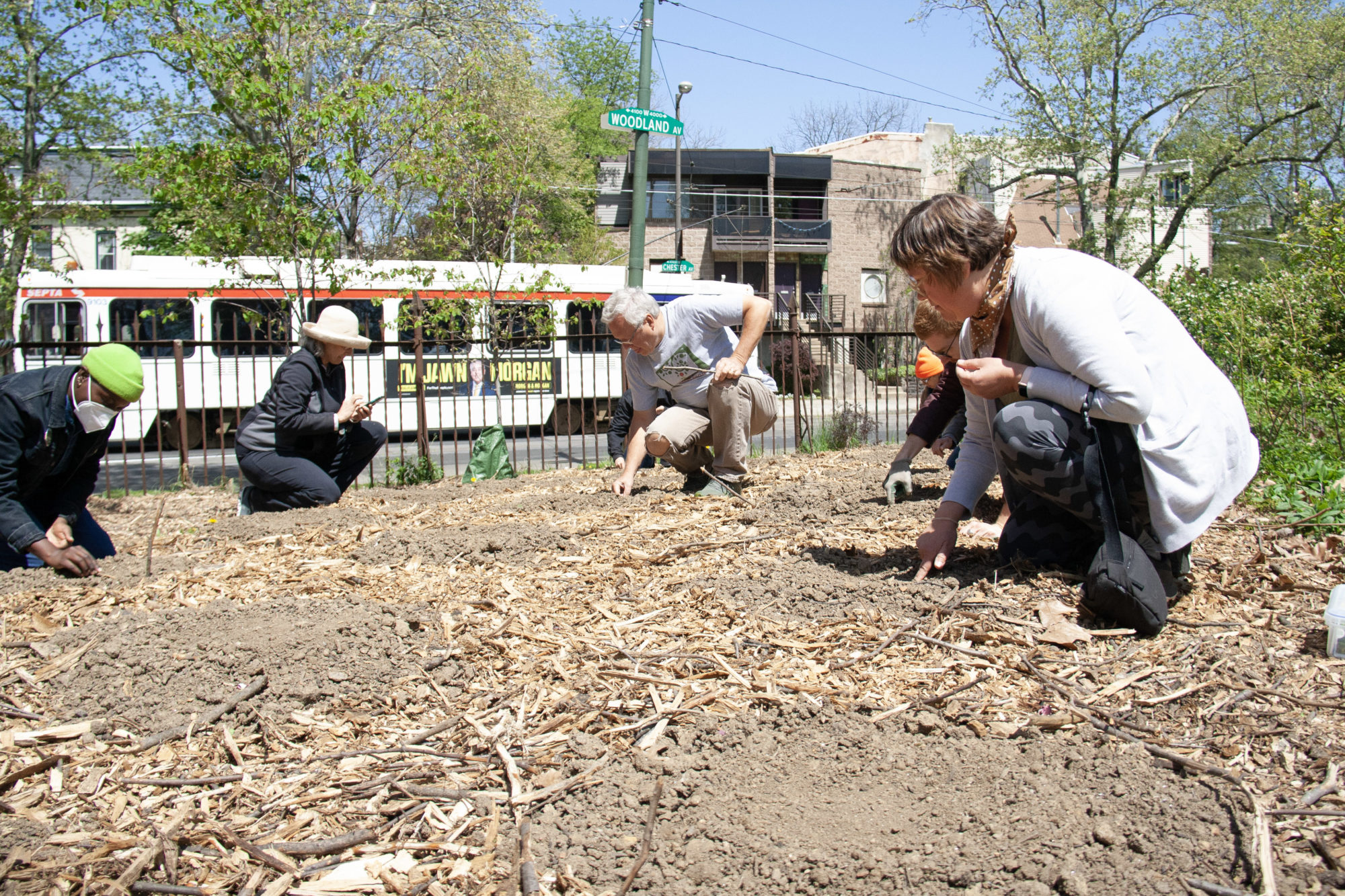
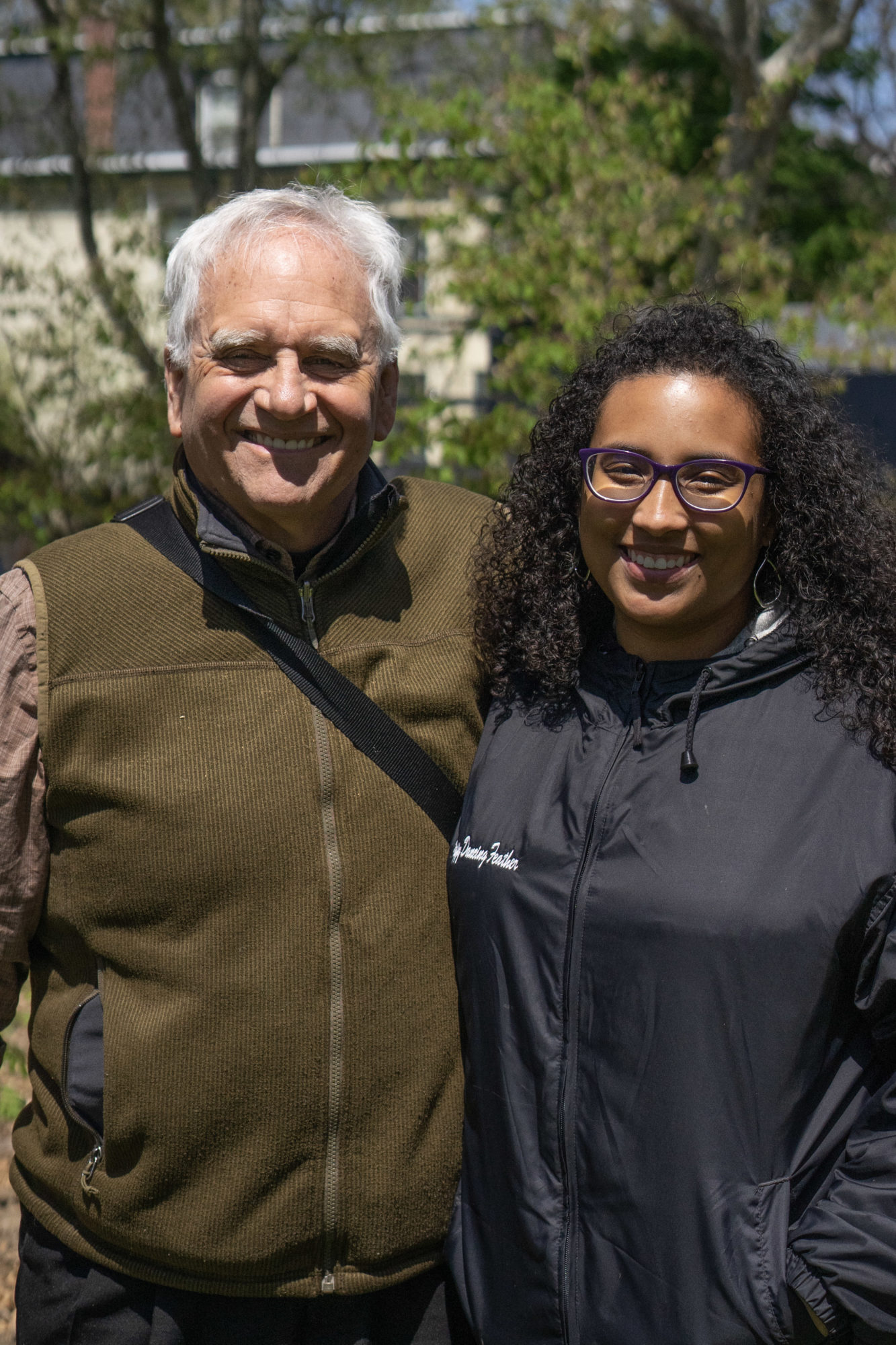
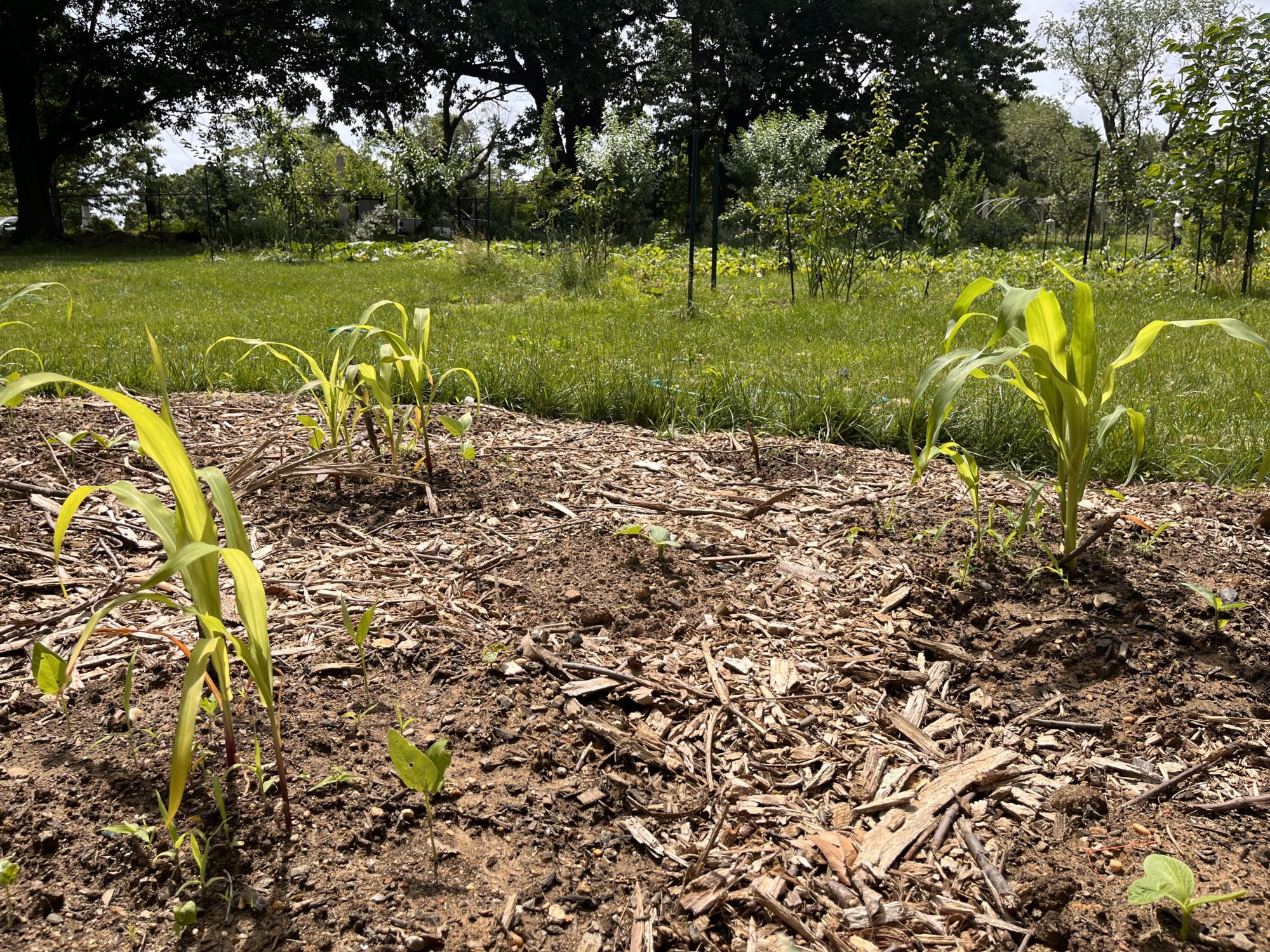
In May, we held an open house & plant sale. The weather was less than ideal, meaning the plans for a natural ink-based art activity had to be put on hold. Even with the rain, many visitors came through to purchase plants, tour the orchard and nursery, and speak with other groups in attendance, the Philly Bee Guild and Pennsylvania’s Department of Natural Resources Conservation Service. Photos below from the plant sale and open house were all taken by volunteer Tirzah Vogels.
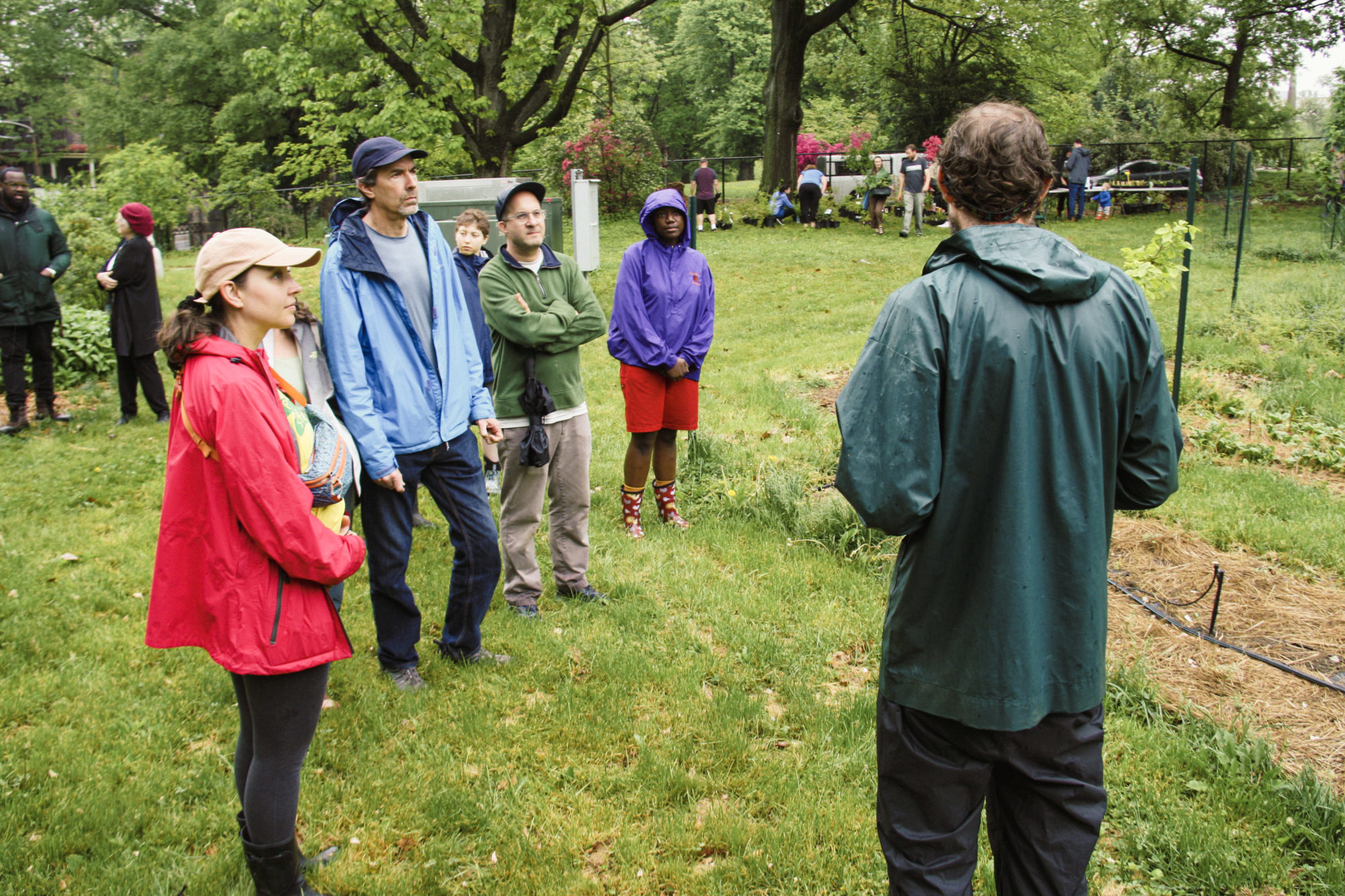
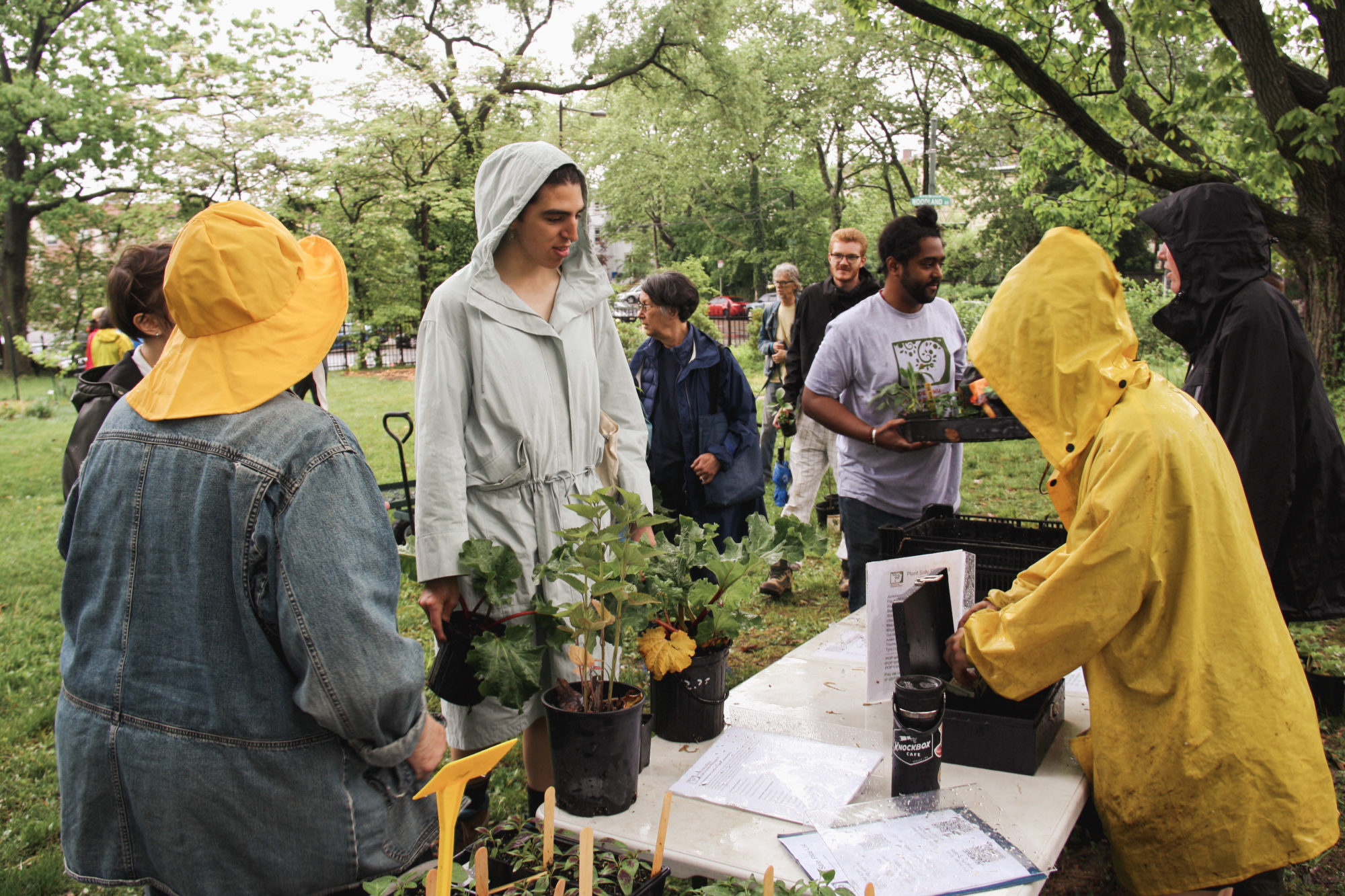
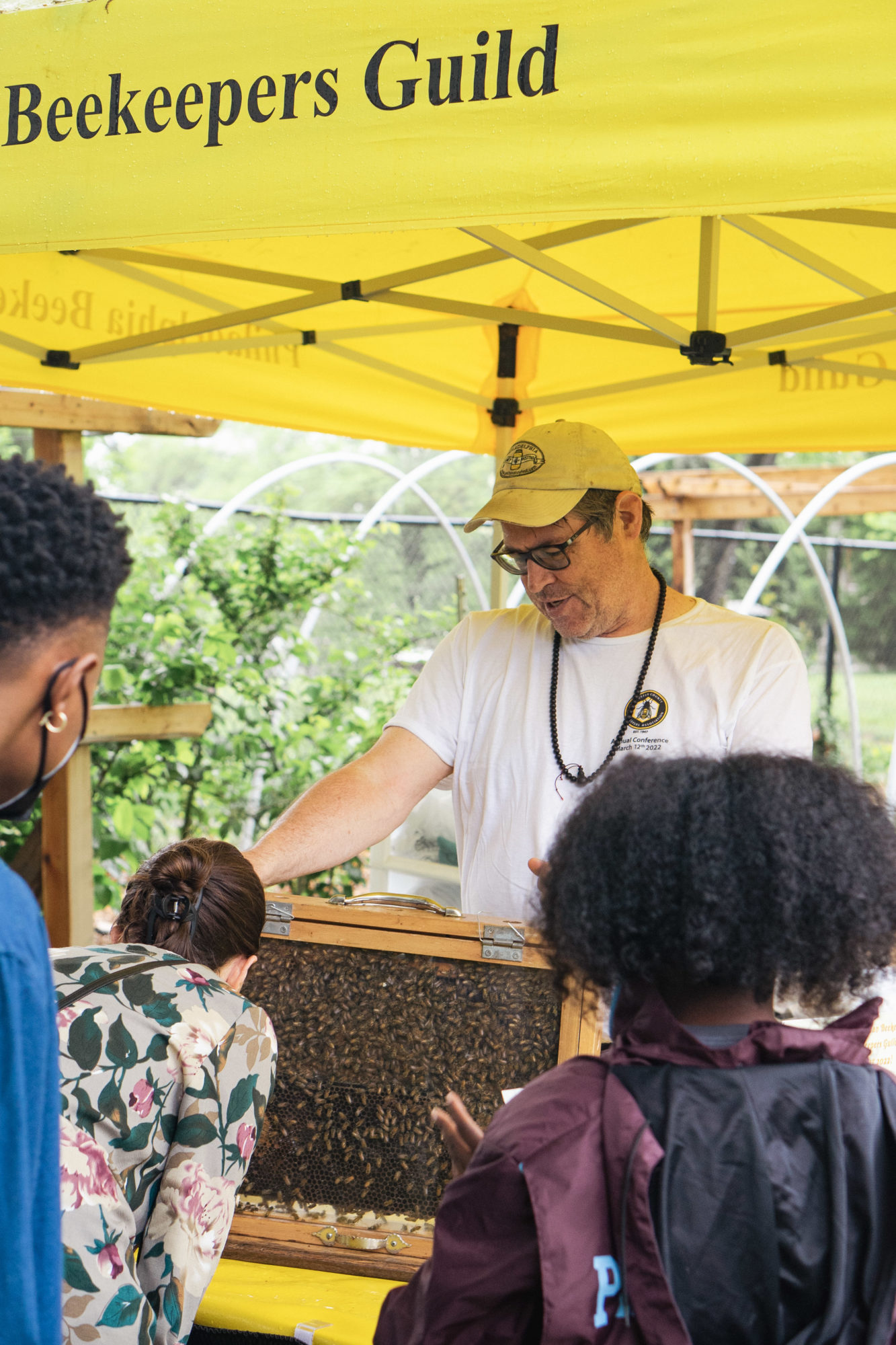
STRAWBERRY FEST
POP, along with partners Historic Strawberry Mansion, Philly Goat Project, Fair Amount Food Forest, and the Philly Bee Guild, gathered in East Fairmount Park on Saturday June 4th to celebrate strawberry season. Attendees were able to harvest strawberries from the berry garden, dig up plants to take home, and play with the goats (who were quite fond of the fresh berries too!). A refreshing strawberry smoothie was provided by Riverwards Produce. Check out photos of Strawberry Day on social media here, here or here!
SUPPORT US! If you found this entry useful, informative, or inspiring, please consider a donation of any size to help POP in planting and supporting community orchards in Philadelphia: phillyorchards.org/donate.
